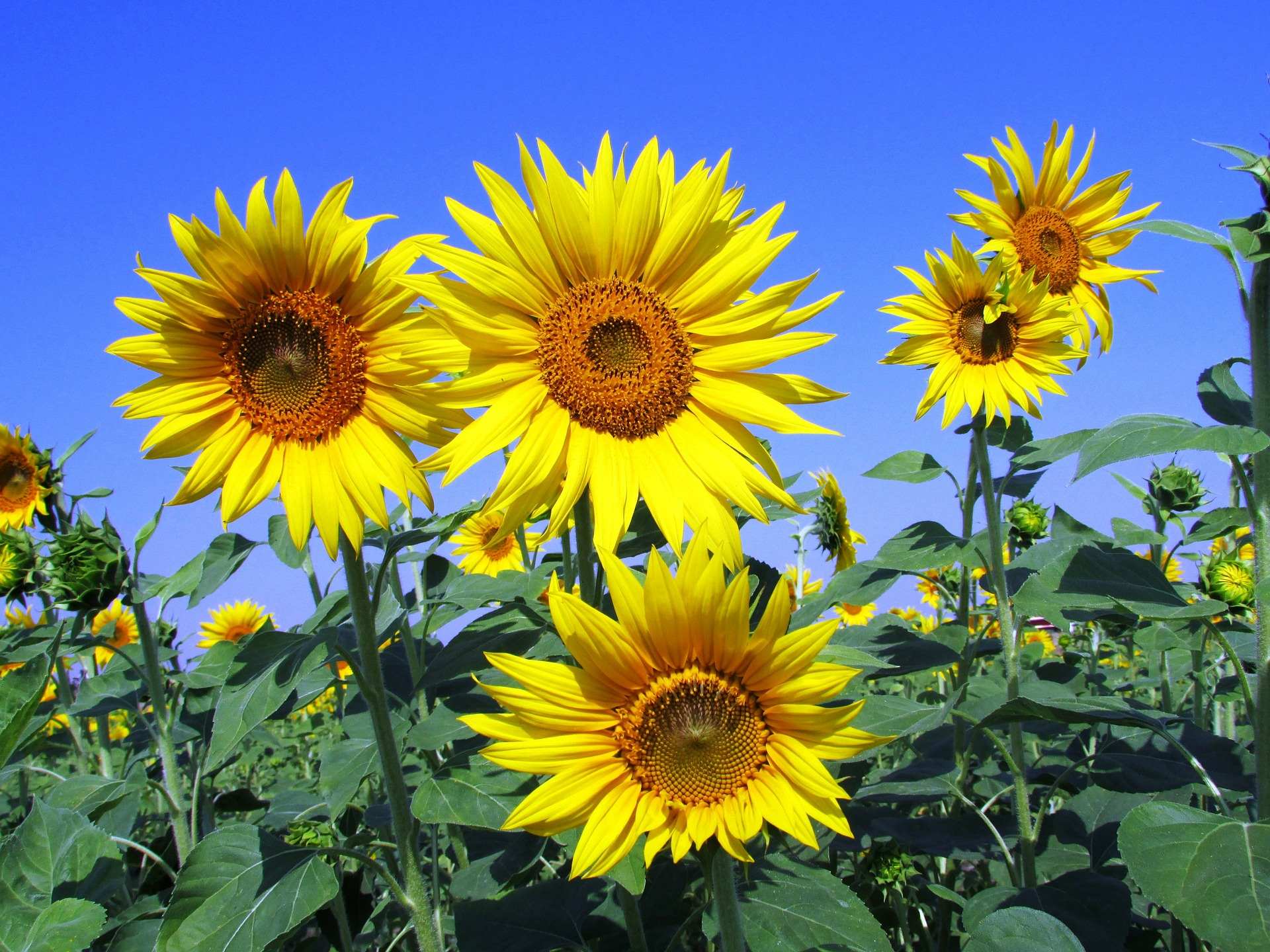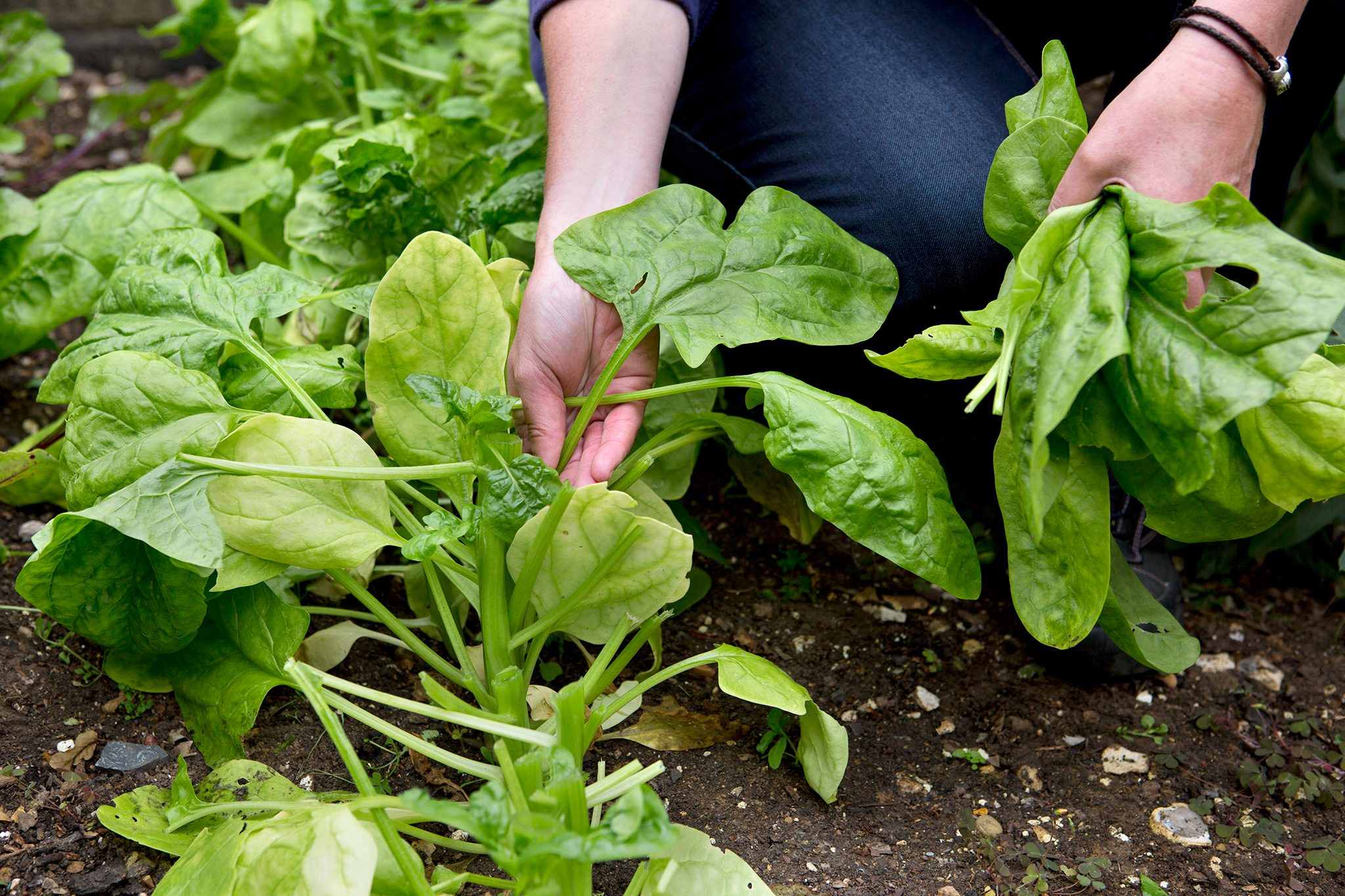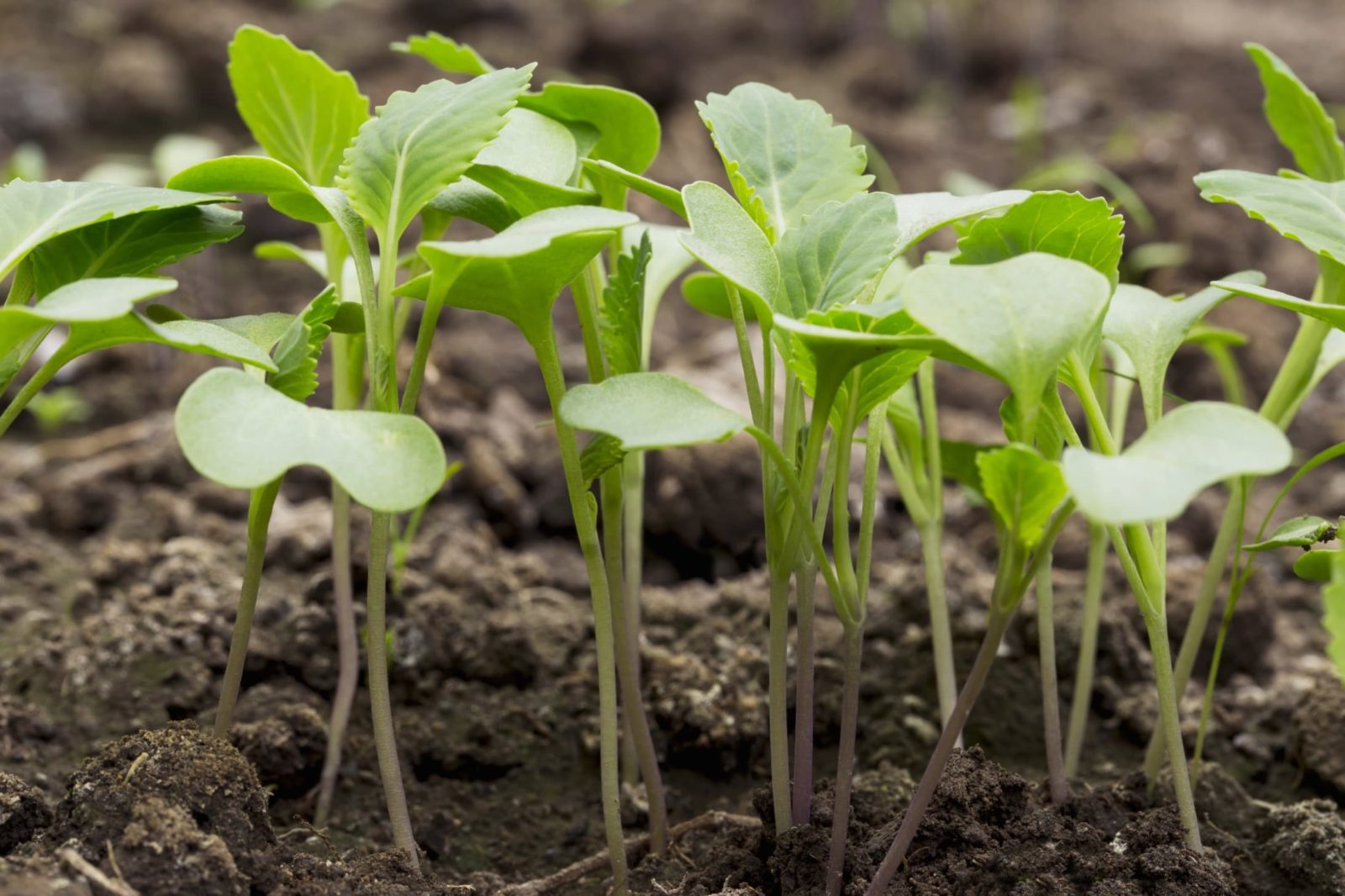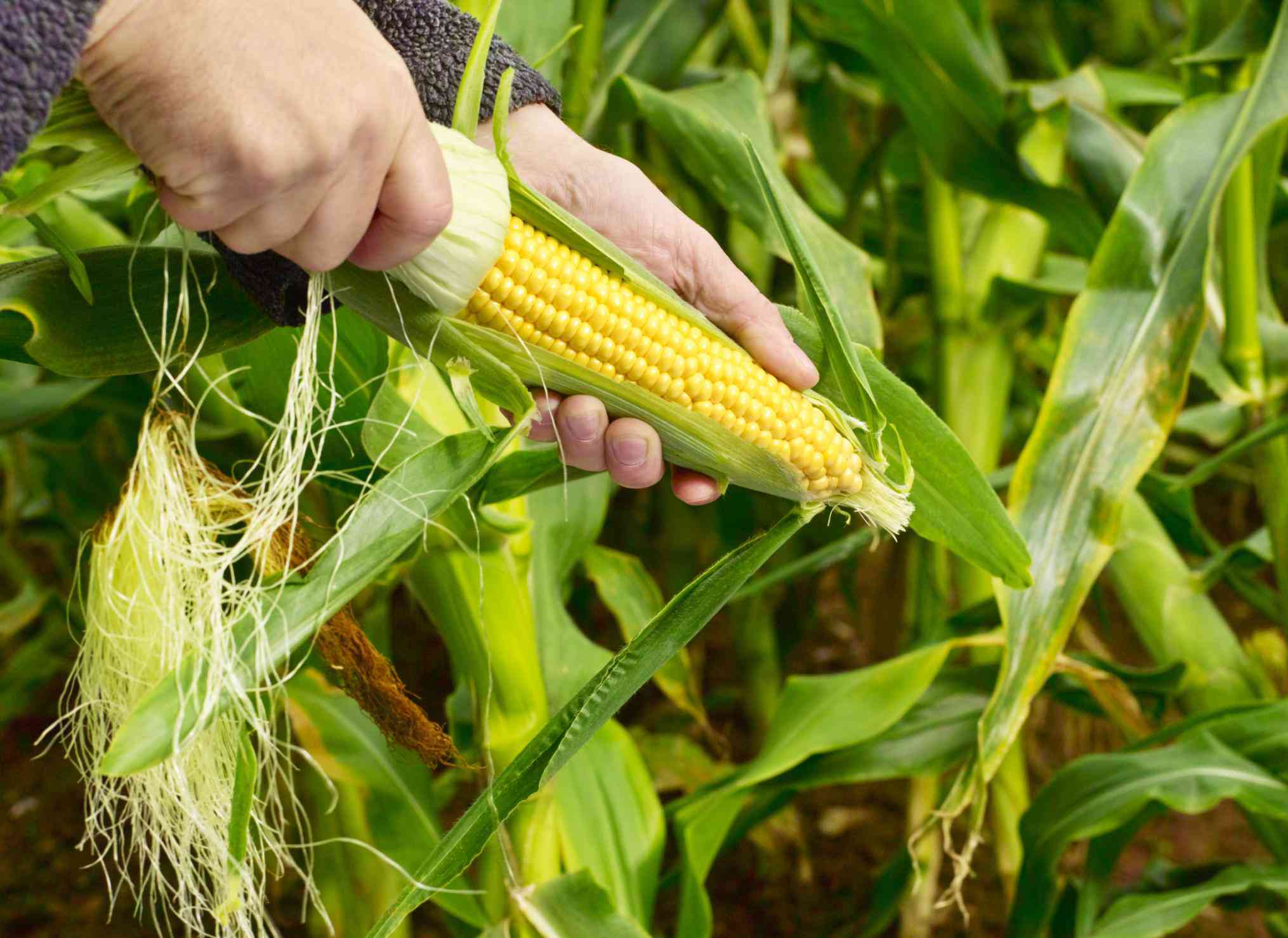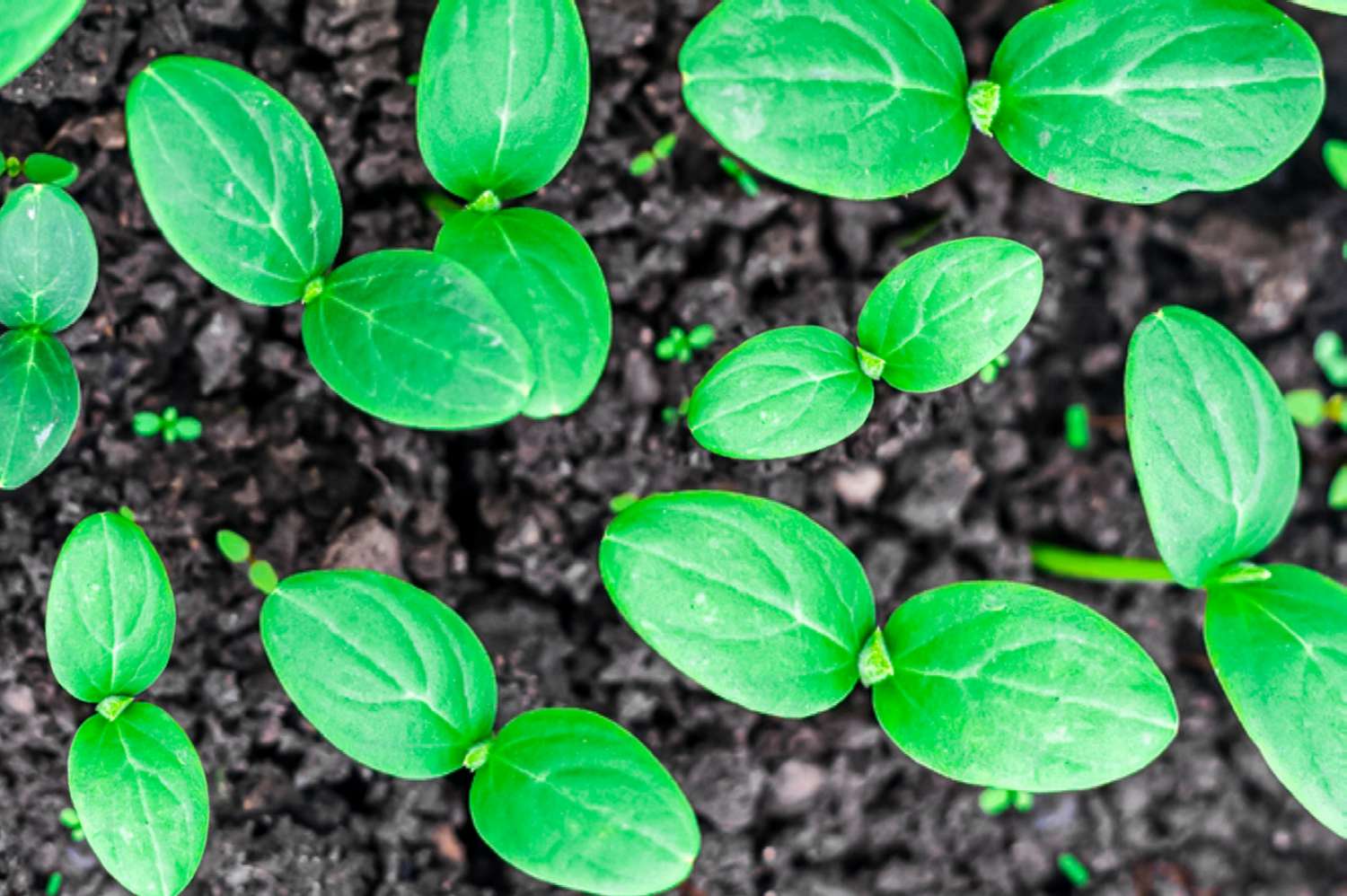Home>Types of Gardening>Ornamental Gardening>How Deep To Plant Bulbs


Ornamental Gardening
How Deep To Plant Bulbs
Modified: January 22, 2024
Discover the ideal planting depth for bulbs in your ornamental garden. Learn how to achieve beautiful blooms with our expert tips and guidelines.
(Many of the links in this article redirect to a specific reviewed product. Your purchase of these products through affiliate links helps to generate commission for Chicagolandgardening.com, at no extra cost. Learn more)
Table of Contents
**
Introduction
**
Planting bulbs is an exciting and rewarding endeavor for gardeners of all levels. Whether you're a seasoned horticulturist or just starting out, the process of planting bulbs requires careful consideration and attention to detail. The depth at which bulbs are planted plays a crucial role in their growth and overall success in the garden. Understanding the optimal planting depth for various types of bulbs is essential for ensuring that they thrive and produce beautiful blooms year after year.
Planting depth is a critical factor that directly impacts the health and development of bulbs. When bulbs are planted at the appropriate depth, they are better equipped to establish strong root systems and withstand environmental stressors. Additionally, proper planting depth contributes to the overall aesthetic appeal of the garden, ensuring that the bulbs emerge at the right level to showcase their vibrant colors and delicate forms.
In this comprehensive guide, we will delve into the factors to consider when determining the planting depth for bulbs, explore specific guidelines for various types of bulbs, and provide valuable tips to help you achieve optimal results in your ornamental garden. Whether you're eager to plant tulips, daffodils, hyacinths, or other beloved bulbous plants, understanding the intricacies of planting depth will empower you to create a stunning and flourishing garden landscape.
Join us as we embark on a journey through the fascinating world of bulb planting, where we'll uncover the secrets to achieving breathtaking displays of floral beauty right in your own backyard. Let's dig in and unearth the knowledge that will elevate your gardening experience to new heights!
**
Factors to Consider
**
When determining the appropriate planting depth for bulbs, several crucial factors come into play. By carefully considering these elements, gardeners can ensure that their bulbs receive the best possible start and have the opportunity to thrive in their chosen environment.
1. Bulb Type: Different types of bulbs have varying requirements when it comes to planting depth. For instance, larger bulbs such as daffodils and tulips typically need to be planted deeper than smaller bulbs like crocuses and snowdrops. Understanding the specific needs of each bulb type is essential for achieving optimal results.
2. Soil Drainage: The soil’s drainage capacity directly impacts the planting depth of bulbs. In poorly drained soil, bulbs may be susceptible to rot if planted too deeply, while shallow planting in well-draining soil can lead to inadequate root development. Assessing the soil’s drainage characteristics is crucial for determining the appropriate depth for planting bulbs.
3. Climate and Hardiness Zone: The local climate and hardiness zone play a significant role in determining the planting depth for bulbs. In colder regions, deeper planting may be necessary to protect bulbs from frost, while in milder climates, shallower planting depths may suffice. Understanding the specific needs of bulbs in relation to the local climate is vital for their long-term success.
4. Pest and Wildlife Activity: The presence of pests and wildlife in the garden can influence the planting depth of bulbs. In areas where rodents or other animals may disturb bulbs, planting them at a greater depth can provide protection and discourage unwanted foraging. Considering the potential impact of pests and wildlife is essential for safeguarding bulbs during their growth and development.
5. Desired Aesthetic Effect: The desired aesthetic outcome also influences the planting depth of bulbs. For naturalizing bulbs in a meadow or woodland setting, a more randomized planting depth may be suitable, whereas formal garden displays may benefit from uniform planting depths to achieve a polished appearance. Considering the intended visual impact of the bulbs is important for creating cohesive and visually appealing garden landscapes.
By taking these factors into account, gardeners can make informed decisions regarding the planting depth of bulbs, setting the stage for a flourishing and visually captivating garden display.
Planting Depth Guidelines
Understanding the general planting depth guidelines for bulbs is essential for ensuring their successful establishment and long-term vitality in the garden. While specific bulb types may have unique requirements, adhering to these overarching guidelines provides a solid foundation for achieving optimal results.
1. General Rule of Thumb: As a general rule, most bulbs should be planted at a depth that is approximately three times their diameter. This guideline serves as a reliable starting point for determining the planting depth of a wide range of bulbous plants, providing a balance between stability and access to essential nutrients and moisture.
2. Adjusting for Soil Characteristics: In heavier or clay-rich soils, bulbs may benefit from being planted slightly shallower to prevent waterlogging and potential rot. Conversely, in sandy or well-draining soils, planting bulbs slightly deeper can help safeguard them against drying out and promote robust root development.
3. Consideration for Microclimates: Within the garden, microclimates may exist, presenting variations in temperature and moisture levels. When planting bulbs in microclimates with cooler or warmer conditions, adjustments to the planting depth can help optimize their resilience and overall performance.
4. Depth for Naturalizing Bulbs: When naturalizing bulbs in naturalistic settings, such as meadows or woodland areas, a more randomized planting depth can mimic the organic distribution of bulbs in the wild, contributing to a harmonious and natural appearance. This approach adds a sense of spontaneity and authenticity to the garden landscape.
5. Depth for Container Planting: When planting bulbs in containers, the depth guidelines may differ from those for in-ground planting. In containers, bulbs should typically be planted at a depth that allows for adequate root development while ensuring stability and proper drainage within the confined space of the container.
By adhering to these planting depth guidelines and making adjustments based on specific soil and environmental conditions, gardeners can establish a strong foundation for the successful growth and development of their cherished bulbous plants. These guidelines serve as valuable tools for harnessing the beauty and resilience of bulbs in diverse garden settings.
Specific Bulb Planting Depths
While the general planting depth guidelines provide a solid framework for bulb cultivation, it’s essential to consider the specific planting depths recommended for popular bulb varieties. By tailoring the planting depth to the unique requirements of each bulb type, gardeners can optimize their growth and blooming potential.
1. Tulips: Tulip bulbs are typically planted at a depth of 6 to 8 inches (15 to 20 cm). This deeper planting depth provides stability and protection from fluctuating temperatures, contributing to robust root development and sturdy stem formation.
2. Daffodils: Daffodil bulbs are best planted at a depth of 6 to 8 inches (15 to 20 cm) as well. This depth allows the bulbs to establish strong root systems while ensuring that the emerging foliage and blooms are well-supported.
3. Crocuses: Crocus bulbs are ideally planted at a shallower depth of 3 to 4 inches (8 to 10 cm). Their diminutive size and delicate nature benefit from a more moderate planting depth, promoting efficient emergence and graceful flowering.
4. Hyacinths: Hyacinth bulbs thrive when planted at a depth of 4 to 6 inches (10 to 15 cm). This planting depth facilitates the development of robust root structures and supports the emergence of the iconic, fragrant flower spikes.
5. Alliums: Allium bulbs, known for their striking globe-shaped blooms, are typically planted at a depth of 6 to 8 inches (15 to 20 cm). This deeper planting depth provides the bulbs with the stability and insulation they need to thrive and produce their captivating floral displays.
6. Snowdrops: Snowdrop bulbs are best planted at a depth of 2 to 3 inches (5 to 8 cm). Their diminutive size and early bloom time make this shallower planting depth ideal for promoting graceful emergence and a charming carpet of white blooms.
By adhering to these specific planting depths for popular bulb varieties, gardeners can ensure that each type receives the optimal conditions for successful growth and prolific flowering. Tailoring the planting depth to the unique needs of each bulb variety sets the stage for a stunning and diverse display of floral beauty in the garden.
Tips for Planting Bulbs
When embarking on the gratifying endeavor of planting bulbs, incorporating expert tips and best practices can elevate the process and contribute to the long-term success of the garden’s floral display. By integrating these valuable insights, gardeners can ensure that their bulbs are planted with care and precision, setting the stage for vibrant blooms and healthy growth.
1. Quality Bulbs: Selecting high-quality bulbs is paramount to the success of any planting endeavor. Look for bulbs that are firm, free from blemishes, and show no signs of mold or decay. Healthy bulbs are more likely to establish strong root systems and produce robust foliage and blooms.
2. Proper Timing: Plant bulbs at the appropriate time for their specific blooming season. Generally, bulbs are planted in the fall before the first frost, allowing them to establish roots before the onset of winter. However, certain bulbs may have different optimal planting times, so it’s essential to research the specific requirements of each variety.
3. Soil Preparation: Ensure that the planting site has well-draining soil that is rich in organic matter. Amending the soil with compost or peat moss can improve its texture and fertility, providing an ideal environment for bulb development.
4. Consider Companion Planting: When planning bulb displays, consider companion planting with other garden plants to create visually appealing combinations. Pairing bulbs with complementary flowers or foliage plants can enhance the overall aesthetic impact of the garden.
5. Protect Against Pests: To safeguard bulbs from potential pest damage, consider incorporating measures such as planting bulbs in wire mesh cages or using animal-repellent products. These precautions can help prevent unwelcome foraging and protect bulbs during their vulnerable stages of growth.
6. Mulching: Applying a layer of mulch over newly planted bulbs can help regulate soil temperature, retain moisture, and deter weed growth. Organic mulches, such as shredded leaves or straw, provide these benefits while gradually breaking down to enrich the soil.
7. Watering and Maintenance: After planting, ensure that bulbs receive adequate moisture to support root establishment. Additionally, monitor the soil moisture levels throughout the growing season, adjusting watering frequency as needed. Regularly inspect bulbs for signs of disease or pest activity, and promptly address any issues that arise.
By incorporating these tips into the bulb planting process, gardeners can cultivate a thriving and visually captivating garden landscape. From selecting premium bulbs to implementing thoughtful companion planting, these insights empower gardeners to create enchanting displays of floral beauty that endure season after season.
Conclusion
As we conclude our exploration of bulb planting depths and best practices, it’s evident that the art of cultivating bulbs is a deeply rewarding and enriching pursuit for gardeners. By understanding the factors that influence planting depth, adhering to general guidelines, and considering the specific requirements of individual bulb varieties, gardeners can create stunning displays of floral beauty that grace their outdoor spaces with color and vitality.
The intricacies of planting depth, from adjusting for soil characteristics to tailoring depths for specific bulb types, underscore the importance of precision and care in the gardening process. By incorporating expert tips, such as selecting high-quality bulbs and implementing thoughtful companion planting, gardeners can elevate their bulb planting endeavors, setting the stage for long-term success and visual delight.
As bulbs take root and emerge from the soil, they not only contribute to the visual tapestry of the garden but also symbolize the resilience and beauty found in nature’s cycles. The anticipation of their emergence in spring, the vibrant hues they lend to the landscape, and the joy they bring to those who behold them are testaments to the profound impact of bulb cultivation.
Ultimately, the journey of planting bulbs transcends the act of gardening; it embodies a celebration of life, growth, and the enduring beauty of the natural world. As gardeners carefully tuck bulbs into the earth at their optimal depths, they are participating in a timeless tradition that connects them to the rhythms of the seasons and the awe-inspiring transformation of the garden landscape.
With each carefully planted bulb, a promise of beauty and renewal is sealed in the soil, ready to unfurl and captivate the senses in the seasons to come. As we embrace the artistry of bulb planting and the wondrous displays it yields, we are reminded of the profound impact that a single bulb, nestled at the right depth, can have on the tapestry of the garden and the hearts of those who tend to it.
